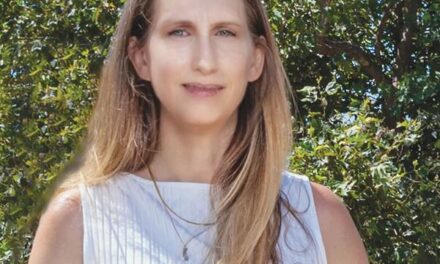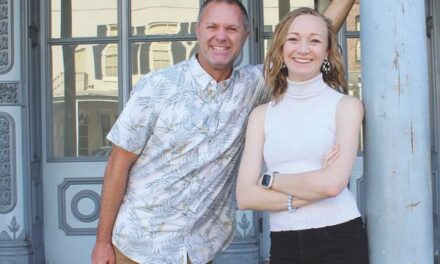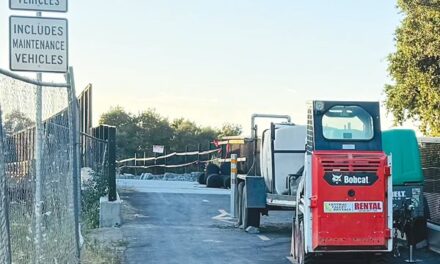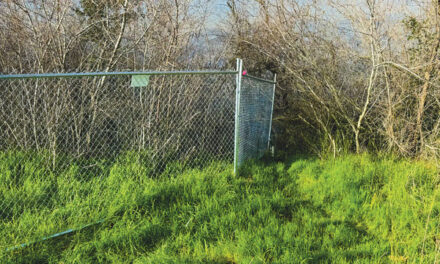For many people—seniors to young students—the neighborhood public library was a second home, a springboard to knowledge.
Today, it’s easy to think libraries have seen their best days. Maybe they should fade away like typewriters, cassette tapes and film cameras. The internet has made libraries redundant and obsolete, right?
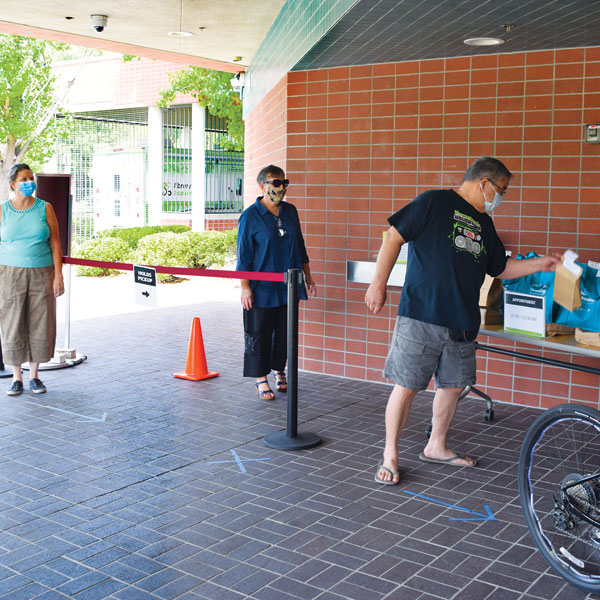
Wrong. Behind the scenes, the Sacramento library system is being reinvented. Services have adapted to contemporary needs. Our local libraries are far from down and out.
The process began slowly, but quickly gathered momentum under the leadership of Rivkah Sass, director of the Sacramento Public Library system. She arrived in 2009, when the institution suffered from personnel problems, budget shortfalls and relevancy questions.
Since then, Sass has resurrected the library, which includes 28 neighborhood branches that serve 1.4 million people throughout the county. The COVID-19 pandemic disrupted operations, but the system was already making changes that provide external and online services.
In winning the $250,000 Jerry Kline Community Impact Prize last October, the Sacramento library was honored as a fully integrated community asset. New service orientations gave the library creative ways to serve during the lockdown.
“The money was a real opportunity for us,” Sass says. “We had many new strategies already implemented, from remote access to e-books to audio books. The pandemic has brought people back to the library for learning. We have a different kind library now, from online storytelling for students to virtual book clubs to author discussions.”
A recent online event with Madeleine Albright, former U.S. secretary of state, brought a large remote audience together for a meaningful conversation.
“It’s a very serious time and libraries are positioned to adapt quickly,” Sass says. “Relative to other institutions and other libraries around the country, we have done a lot without a lot of money. We know how to be creative.”
By using Zoom, crowdcasting, digital books, audio and other technology, the library reaches new audiences without the need for visits. Branches have continued to deliver physical books with curbside pickup.
Sacramento libraries have seen a 20 percent increase in e-book checkouts. The popularity of new services means the library will reassess how much space it needs for physical locations. You may see library access at hardware stores to learn about home repairs.
“It might be awhile before we can open all our libraries,” Sass says. “We are looking at that now, but we had discussions for years about how to best deliver services. We can be a one-stop shop for those wanting convenience. We want to make it as easy possible.”
That includes sharing spaces at schools, coffeeshops and parks. It means changes so people don’t have to stand in line to check out books. High-contact interactions will be eliminated. There will be “touchless” services, drop-off locations for election ballots, access to tutors for students and what Sass calls “the library of things.”
“Many people don’t know about the library of things, where you can come to the library and check out things like yard and garden tools, still and video cameras, GoPros, musical instruments and more,” Sass says. “We even have 3D printers for people to use and we used them ourselves to make hundreds of masks for health care professionals.”
Sass wants the community to view the library as vital. It can help retrain unemployed people. Or help craft a resume. “What we do best, or should be doing best, is listening to the community about what they need,” she says. “When we are successful, they should think of us first, not last.”
Stereotypes surrounding the library have changed. Libraries can still be a place for socialization. But for many, the appeal is online access at no cost for books and more.
“I think we have a great story to tell,” Sass says. “A good community has a good library system. We can be a part of the education system to help with literacy and to make our workforce job ready. Learning and gaining knowledge is a lifelong process. We have a role in that.”
The future depends on money. The Sacramento system is a joint-powers agency whose funding is spread across the county and its cities. The latest budget runs almost $50 million, but cuts are expected. The library has already furloughed some staff.
“We have one eye on the future and one eye on how to serve the public right now,” Sass says. “It’s an evolution, not a revolution. We have new ideas like more virtual programing and ramping up a concierge service. We can focus on education and not just leave that to schools. One day, we could offer daycare and start the learning process early for children. We will adapt.”
Scot Crocker can be reached at scot@crockerbranding.com. Follow us on Facebook, Twitter and Instagram: @insidesacramento.





